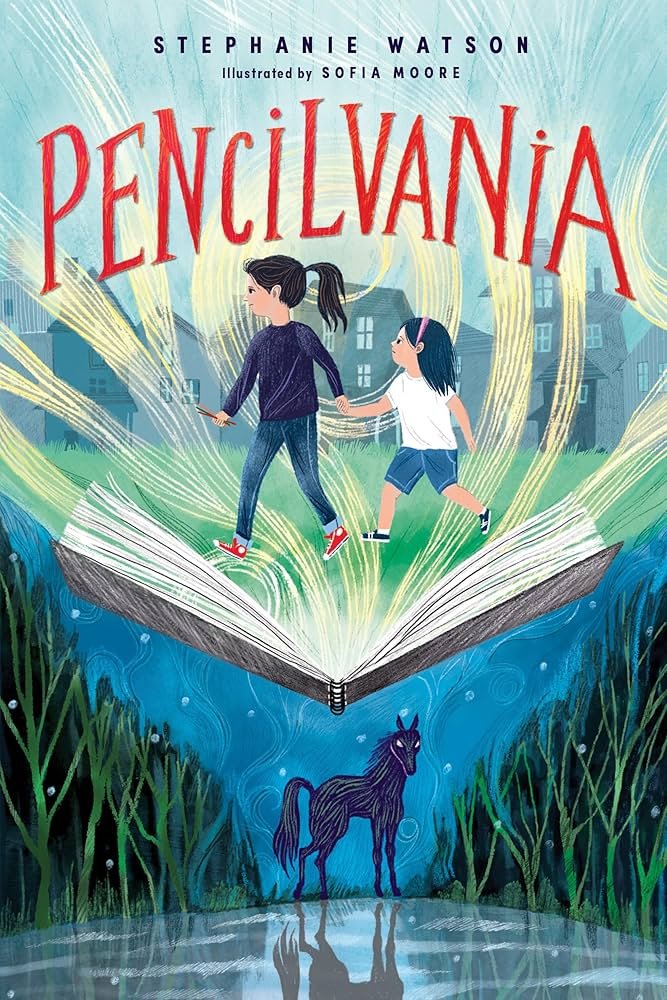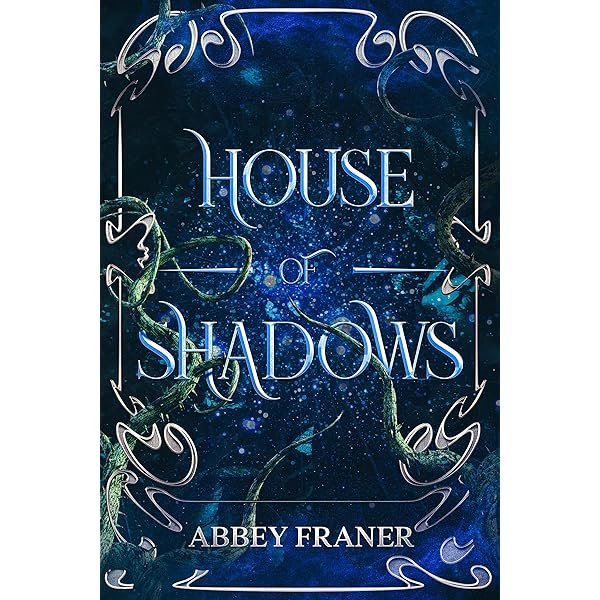"The Blacksmith's Boy" by Bruce Buchanan
Once again, I jumped at an ARC because of the cover + genre. Similarly, I contacted the author to do a short interview. I’m a sucker for YA and NA fantasy novels. This one doesn’t disappoint! Read on to learn more about Bruce Buchanan’s upcoming debut, “The Blacksmith’s Boy,” published by Wild Ink Publishing.
Rebecca: I always like to know how authors come up with the ideas for their books. How was it with "The Blacksmith's Boy"?
Bruce: This particular story is one that I’ve worked on in my head for close to 20 years. I even tried to write it once before, but I gave up after 50 or so pages. I didn’t have the organizational or time management skills I needed then to complete a novel.
But that experience helped me figure out many of the basic story elements and main characters. I always intended to come back to it one day. Then, in early 2023, I made a decision: I was going to write this novel, and not give up until it was done.
Probably my biggest influence on this book are the classic fantasy novels of the 1980s and ‘90s. That’s what made me a fan of the genre, and “The Blacksmith’s Boy” is very much in the swords ‘n’ sorcery/heroic quest tradition. But I now realize that other influences shaped this book, from the Indiana Jones movies to Marvel Comics. I set out to write an adventure story with likable characters who try to do the right thing because those are the types of stories I’ve always enjoyed.
Rebecca: I can definitely see the 80s and 90s influence. Do you have a playlist of songs that goes along with the novel? (I often call it a soundtrack.) Anything that inspires you to write this novel or genre?
Bruce: I don’t have a soundtrack for this particular novel. But music is 100 percent a big part of my writing process. I almost always listen to music when I write. I’m a huge fan of 1980s alt-rock (everything from The Cure to R.E.M.), and I also enjoy classic rock.
However, I can't watch TV while I'm writing. I find that completely distracting. Same with podcasts. But music helps me write. I can't explain the difference, but that's what works for me.
Rebecca: One main theme I noticed in your novel was the huge class discrepancy between upper class and Serving Class. At times, the American in me wanted to jump in and scold characters for being so snooty and mean to Bok Omat, the main character, who took it all like a saint. Anything you want to add to this?
Bruce: I have always felt that speculative fiction can speak to important issues in the real world within the context of a fun story. Not to get on a soapbox, but today, the divide between the “Haves” and the “Have-Nots” seems to be widening.
Again, I’m not trying to make any sort of bold or incisive political statement here. But I believe we all thrive when everyone has a seat at the table.
Rebecca: I like how your novel had the feel of traditional "save the world/save the kingdom" stories. Its cast of characters were all different yet worked well together. Any writing tips on making them all different yet relatable?
Bruce: Well, I’m a plotter—no shade on the pantsers out there, but I’ve found I have to work up a detailed outline in advance. Part of that outline includes writing up a character sketch on each of the important characters. Before I start writing, I think about, “What motivates this character?” and “What is their background? What do they sound like?” I wanted to give each of the key characters their own voice.
And I’m glad you found the heroes to be relatable, because that’s how I want them to be. My protagonists are far from perfect, but they strive to be good people. That’s a through line in pretty much all of my writing. I’m not drawn to “shades of gray” characters.
Rebecca: Any sequels or followups in this world? Can we expect to see more of Bok Omat as he continues down the path he's chosen?
Bruce: Funny that you should ask that, because I literally just finished the manuscript of “The Queen’s Daughter,” the sequel to “The Blacksmith’s Boy”! I will be getting it edited soon, and hopefully, Wild Ink Publishing will want to continue this story.
“The Queen’s Daughter” brings back many of the same characters. Except for this book, we flip the roles. Princess Isabella Inishari is the protagonist of this one, while Bok Omat becomes the impact character. She will have to face some tough questions. Is Isabella defined by her crown? Or does the young woman have what it takes to protect her people and overcome a seemingly unbeatable challenge?
Rebecca: Is this your first novel, or have you written others? Short stories?
Bruce: This is my first novel! But I’ve written a bunch of short stories, both for literary magazines and various anthologies. A full list is available at my website, https://brucebuchananauthor.com/. My next published story is a Little Red Riding Hood retelling for the “Wickedness & Wonder” anthology, which comes out July 22.
Rebecca: Nice! I’ve done short stories too. It’s a great way for authors to get some writing credentials.
Bruce: Also, my second novel, "The Return of the Cerulean Blur", is signed to Wild Ink Publishing and comes out May 12, 2026. Susan Murphy used to be a superhero. But seventeen years ago, she made a horrible mistake–and her life has never been the same. When a deadly foe from her past returns, Susan faces a crossroads. Can she repair her relationship with her son and find happiness (and maybe even romance) after tragedy? For Susan Murphy to live, the Cerulean Blur must run again.
Rebecca: Sounds promising! Thanks for taking time for us today, and we look forward to your upcoming debut! There it is, folks! Check it out!






















